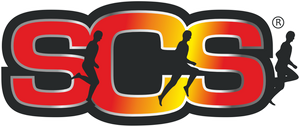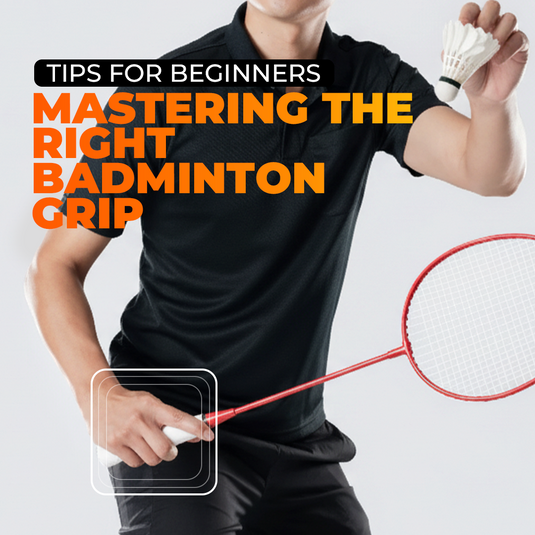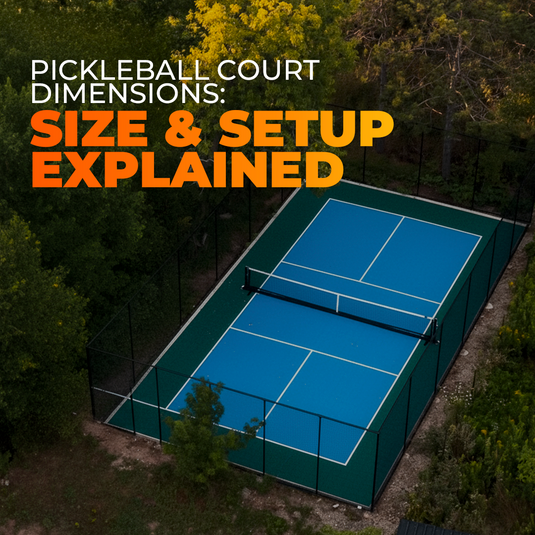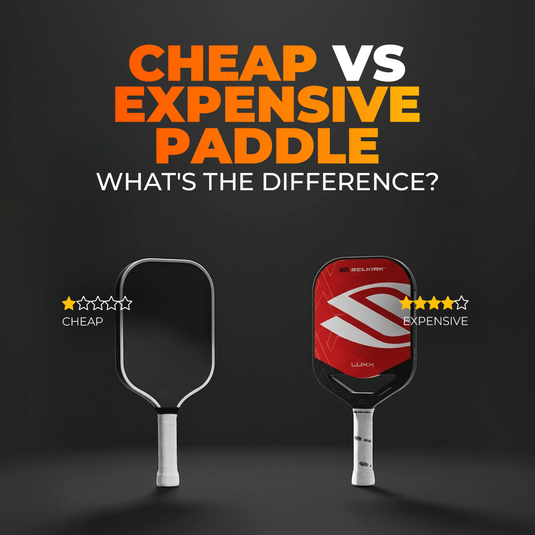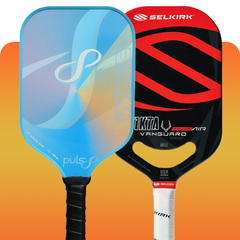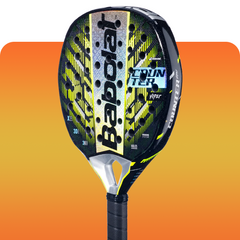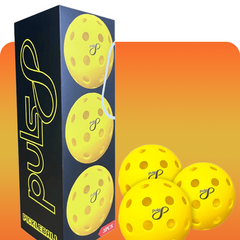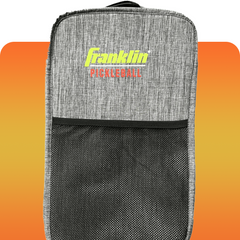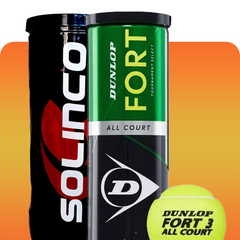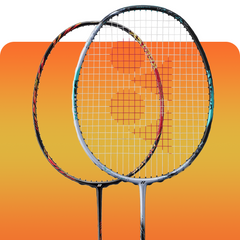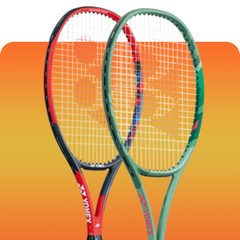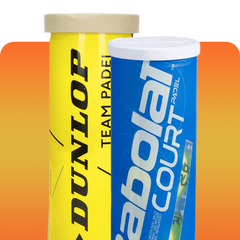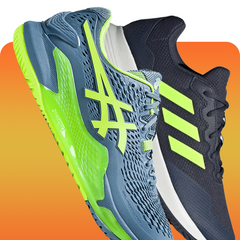If you’ve ever found yourself in a pickleball match, desperately watching that neon ball as it speeds toward you, only for it to fly out of bounds or smack the net, you’re not alone. We all love the game — the rush,
the competition, and the camaraderie — but it’s easy to make mistakes that can cost you points or ruin an otherwise perfect game. That’s why we’re here, not just making the best pickleball paddles on the market, but also providing you with tips and insights to avoid the common errors that can hold your game back.
We’ve spent countless hours on the court, feeling the sun on our faces and the adrenaline pumping through our veins. We understand that small adjustments can be the difference between a winning streak and a frustrating day.
Sometimes, all it takes is a slight tweak in how you hold your paddle, understanding the nuances of the kitchen, or positioning yourself properly on the court to improve your game.
This isn’t just another list of generic pickleball mistakes. This guide is a cheat sheet, packed with the insider knowledge that’ll help you understand the game better, sharpen your skills, and, of course, pick out the perfect paddle that will have you dominating your next match.
The 10 Most Common Pickleball Mistakes and How to Avoid Them
1. Partial Serving: Not Following Through on Your Serve
Serving is the first step to scoring in pickleball, and it’s your chance to make an impact right from the start.
But many players fall short by cutting their serve too early, leaving it powerless and lacking direction. Imagine telling half a joke and expecting everyone to laugh — that’s what a partial serve feels like.
How to Fix It: Think of your paddle as an extension of your arm, not just something you hold. From the shoulder down to your fingertips, your entire arm should be involved in the serve.
A smooth, powerful follow-through is crucial to ensure your serve has the velocity and direction it needs. Instead of stopping once the ball leaves your paddle, allow your swing to continue — as if reaching for a high-five across the net. By concentrating on finishing your swing, you’ll see a noticeable difference in the power and precision of your serves.
2. Incorrect Footwork: Stuck in Place
Pickleball is fast-paced, and your feet are your best allies on the court. Yet, many players become glued to their spots, making it hard to react quickly to the ball. This lack of mobility is one of the most common mistakes that can ruin your game.
How to Fix It: The key to moving fluidly across the court is to master proper footwork. Forget long strides; instead, focus on small, quick steps — especially shuffle and split steps — to keep yourself balanced and ready to react at any moment.
Think of it as gliding across the court rather than stumbling from one spot to another. The faster and more efficiently you move, the more successful you'll be in hitting the ball and positioning yourself for the next play.
3. Neglecting the 'No-Volley Zone' or Kitchen
The kitchen, or the No-Volley Zone, is one of the trickiest areas of the pickleball court for beginners. It’s not off-limits, but it does come with specific rules. The most common mistake is trying to volley the ball while standing in this area — a big no-no!
How to Fix It: You can step into the kitchen, but make sure you’re not volleying the ball while inside it. To avoid penalties, use the kitchen to your advantage by waiting for the ball to bounce before making a shot.
This makes your return more strategic and forces your opponents to adjust. By practicing patience and precision in the kitchen, you’ll be able to turn a seemingly difficult situation into an opportunity.
4. Too Much Power: Over-Reliance on Drives and Smashes
While the occasional smash or powerful drive can feel like the highlight of a match, relying too much on power can make your game predictable and inaccurate. In pickleball, finesse and control are just as important as strength.
How to Fix It: Balance is the key. Power shots should be used strategically, not recklessly. Consider incorporating soft shots, such as dinks and drop shots, to keep your opponent guessing.
Too much power without precision will leave you wide open for easy returns. A combination of both power and control will make you a more unpredictable and dangerous player.
5. Misjudging the Ball: Timing Issues
We’ve all swung and missed, or worse, let a ball drop inbounds when we thought it was out. Misjudging the trajectory or timing of the ball is a common mistake that can quickly end rallies.
How to Fix It: Ball judgment is a skill that can be improved with practice. The first step is to always aim to hit the ball at its highest point — this gives you better control and allows you to adjust your body position for a more accurate shot. Additionally, try to line up your body so you’re hitting the ball in front of you, not from the side.
This allows you to better track the ball’s trajectory and react accordingly.
6. Poor Communication in Doubles
When playing doubles, coordination with your partner is vital. One of the most frustrating errors happens when you and your partner collide in the middle of the court, or worse, you both let a ball drop because no one communicated who would take the shot.
How to Fix It: Before each match, establish clear communication signals with your partner. A simple "Mine!" or "Yours!" can avoid confusion and prevent you from stepping on each other’s toes. It’s also important to decide beforehand who will cover each area of the court.
By maintaining open lines of communication, you’ll create a more seamless playing experience and reduce costly errors.
7. Ignoring Strategy: Playing Without a Plan
Many players rely on their athleticism alone, sending powerful shots without thinking about positioning or strategy. This can lead to a reactive style of play that leaves you vulnerable.
How to Fix It: Pickleball isn’t just about hitting the ball as hard as you can; it’s about outsmarting your opponent. Develop a strategy that incorporates both offensive and defensive moves.
Position yourself in areas that give you the best chance to defend and attack. Pay attention to where your opponent is, and adjust your positioning to force them into uncomfortable spots. The soft game, including dinks and drop shots, should also be an integral part of your strategy.
8. Lack of Practice with Different Shots: The Same Old Routine
Sticking to the same few shots might work for a while, but a skilled player knows how to mix things up. Neglecting certain shots, like the lob or drop shot, can make your game predictable and easy for your opponents to read.
How to Fix It: Diversify your shot selection by practicing different techniques. Don’t just focus on dinks and drives; work on your lob, drop shots, and even backhand returns.
The more versatile you become, the more tools you’ll have to outmaneuver your opponent. Mix up your shot choices to keep your opponent on their toes and make the game more dynamic.
9. Bad Court Positioning: Getting Out of Sync
Pickleball is all about timing, positioning, and anticipation. Many players make the mistake of standing in the wrong spot at the wrong time — either too close to the net or too far back.
How to Fix It: Learn to read the game and position yourself accordingly. If the ball is coming toward you, make sure you’re in the optimal position to return it.
Stand slightly behind the baseline during your opponent’s serve and move forward to intercept soft shots. Understanding where you are on the court and adjusting your position to control the game will give you a huge advantage.
10. Neglecting to Stay Positive: Letting Frustration Get to You
Pickleball, like any sport, can be frustrating. But allowing frustration to affect your game can lead to a downward spiral. Staying positive and focused on each point is key to maintaining a high level of play.
How to Fix It: Keep your mental game strong. When things aren’t going well, don’t dwell on mistakes. Focus on the next point, stay positive, and trust your training.
Remember, every point is a new opportunity, and a positive attitude can often be the difference between a loss and a win.
Conclusion
Pickleball is an exciting and fast-paced game, but it’s also one that requires skill, strategy, and awareness. By avoiding these common mistakes and implementing the solutions we’ve shared,
you’ll be well on your way to becoming a more effective and confident player. Keep practicing, stay focused, and most importantly, enjoy every moment on the court.
